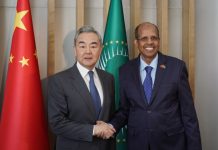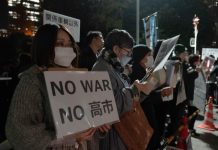BEIJING: China’s push toward modernization began when the Qing Dynasty (1644-1911), a feudal empire, started to crumble in the 19th century. Weak imperial authority and a highly corrupt civic infrastructure, in a country reduced to a semi-colonial, semi-feudal society following the Opium War of 1840, spurred people to start seeking new ways to pull the poor and weak nation together and change their fate through development and modernization.
In his Plan for National Reconstruction written more than a century ago, Sun Yat-sen, the renowned Chinese statesman who led a revolution that ended more than 2,000 years of feudal rule in China, set forth a grandiose plan for China’s industrialization, designed by him without much help from engineers or economists. Unfortunately, that plan failed to deliver.
In 1921, the Communist Party of China (CPC) was born. Since then, it has led the Chinese people to successfully achieve national independence and eliminate absolute poverty.
It has been adjusting its priorities for different historical periods in light of the national realities and requirements of the times.
Today, it has charted a course for Chinese-style modernization. “From this day forward, the central task of the CPC will be to lead the Chinese people of all ethnic groups in a concerted effort to realize the Second Centenary Goal of building China into a great modern socialist country in all respects and to advance the rejuvenation of the Chinese nation on all fronts through a Chinese path to modernization,” Xi Jinping, General Secretary of the CPC Central Committee and Chinese President, said in a report he delivered at the opening ceremony of the 20th CPC National Congress on October 16.
–The Daily Mail-Beijing review news exchange item





